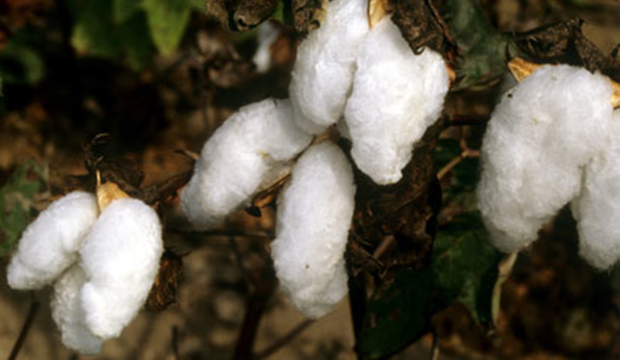

Whether you’ve been shopping for clothes or fabric for your latest collection, you may have noticed a label or two that reads “100% pima cotton.” It’s become something of a trend in the past year or two; many brands from Eileen Fisher to H&M have incorporated it into their collections.
So what is pima cotton, and what makes it so special?
Pima cotton originated in Peru, where the conditions are perfect for it’s cultivation. It is a high-quality fiber that yields a beautiful fabric.
Peruvian pima is harvested completely by hand, reducing it’s carbon footprint. Additionally, without the dirt and grime left in cotton through industrial harvesting processes, the raw fiber is a bright white and takes dye well.
It is also allergy-resistant, making it an ideal choice for those with sensitive skin.
What is the difference between pima cotton and regular cotton?
The main difference between regular cotton and pima is the staple of the fiber. “Staple” refers to the length of the fiber when it is harvested to be spun into yarn.
Pima fiber has a longer staple length than cotton- up to 35%. Because of this, it is easier and smoother to spin.
This creates a yarn that can be woven into fabric that is much softer than regular cotton, and has a bit of sheen as well. If you’ve ever handled pima cotton, you may have noticed this difference- it is a bit more luxurious!
The staple length of pima cotton has other advantages as well. A longer staple means fewer “weaker” points in the yarn where the fibers are spun together, so pima is up to 45% stronger than regular cotton. It also contributes to the fiber’s resistance to pilling.

Levy Benchimol
Would like to know the supplier for Pima Cotton Interlock in LA
Thanks